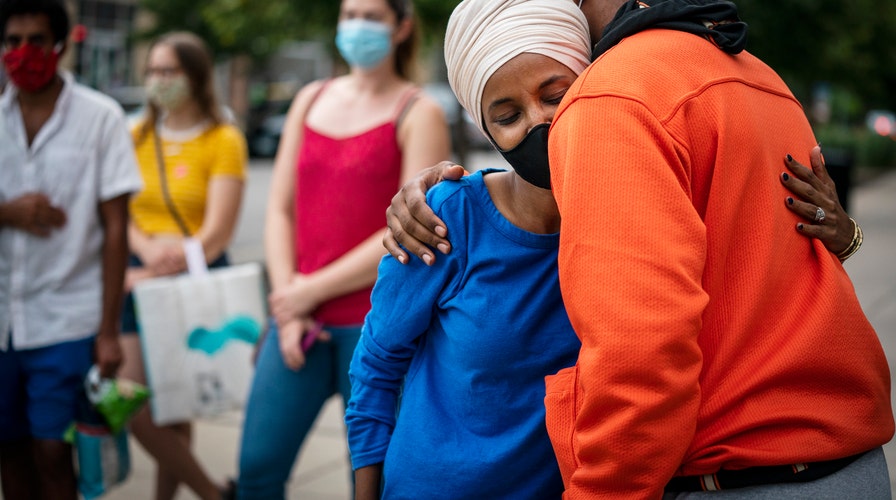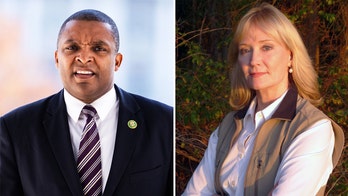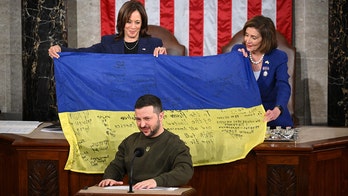Fox News Flash top headlines for September 15
Fox News Flash top headlines are here. Check out what's clicking on Foxnews.com.
Minnesota's Iron Range could help deliver the battleground state's 10 Electoral College votes to President Trump. And maybe even the White House.
If Trump manages to turn Minnesota red come November, he could lose Michigan, Wisconsin and Pennsylvania to 2020 Democratic presidential nominee Joe Biden and still get reelected as long as he maintains a hold on the rest of his 2016 victories, NBC News reported Tuesday.
Once a reliably blue region, the rural mining districts around Lake Superior were a Trump stronghold in 2016. The iron Range fuels much of the United States' steel production and has benefited from the president's trade policy.
The Iron Range region's seat in the U.S. House was one of the only ones to flip from Democratic to Republican control in 2018.
The last time the Gopher State voted for a Republican was when Richard Nixon was reelected in 1972. No Republican has won statewide since 2006.
The president zeroed in on Minnesota after he lost the state to former Secretary of State Hillary Clinton four years ago by 45,000 votes – or just 1.5 percentage points.

Minneapolis voters line up a day ahead of Minnesota's primary election in early August. (AP Photo/Jim Mone)
Vice President Mike Pence visited Duluth, the largest city in the Iron Range, to receive endorsements from six mayors on the day after he accepted the Republican Party's nomination.
Last week, Donald Trump Jr. campaigned in Duluth, viciously attacking Biden and defending his father after reports Trump had called fallen American soldiers “suckers” and “losers.”
Winning the Iron Range isn't guaranteed for Trump, however. While exports of the metal increased in the first years of Trump's presidency, the steel industry has stalled amid the COVID-19 pandemic – leading to layoffs and downsizing. Now, there are fewer mines open than when the president first took office.
And NBC News noted that political experts predict statewide cultural politics may play a larger role for the president than economic factors.
The cultural and social rift between Minnesota's rural northeast and the urban south has widened in recent years, as the state's center has trended blue.
This year, Minneapolis became the center of heated protests for social justice after George Floyd, a Black man, died while being taken into custody by city police, sparking global outrage and a national debate.
Trump inserted himself into the thick of it, characterizing violent protesters as lawless looters and promising federal intervention, while critics accused him of worsening the situation with incendiary rhetoric.
Additionally, data from the U.S. Census Bureau showed that the population of Minnesota's Twin Cities area grew by about 9% even as the rest of the state grew by just 3%.
Biden still has a leg up on the president in nationwide polls at present, but the president's reelection campaign told NBC News that Trump's support in Minnesota grew "organically" and that it now has about 80 staffers located there.
CLICK HERE FOR THE FOX NEWS APP
Biden is set to make his first trip there on Friday, and the president will campaign in the state on the same day.






